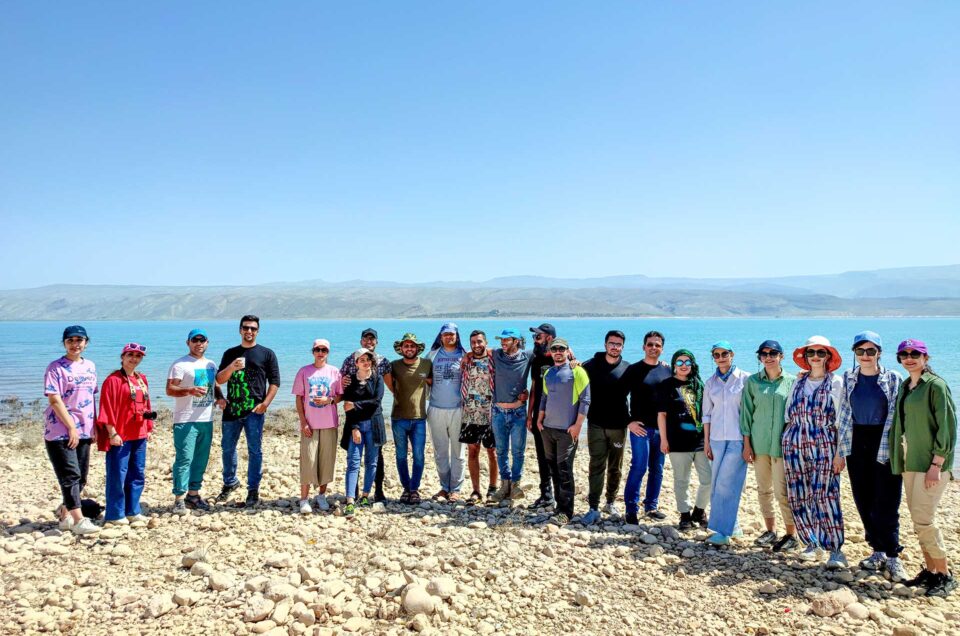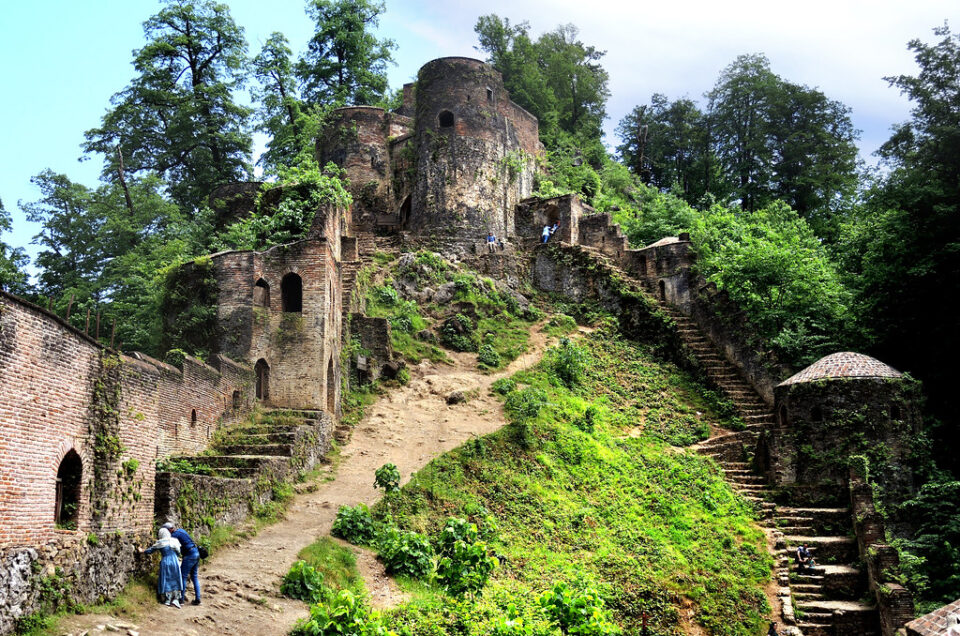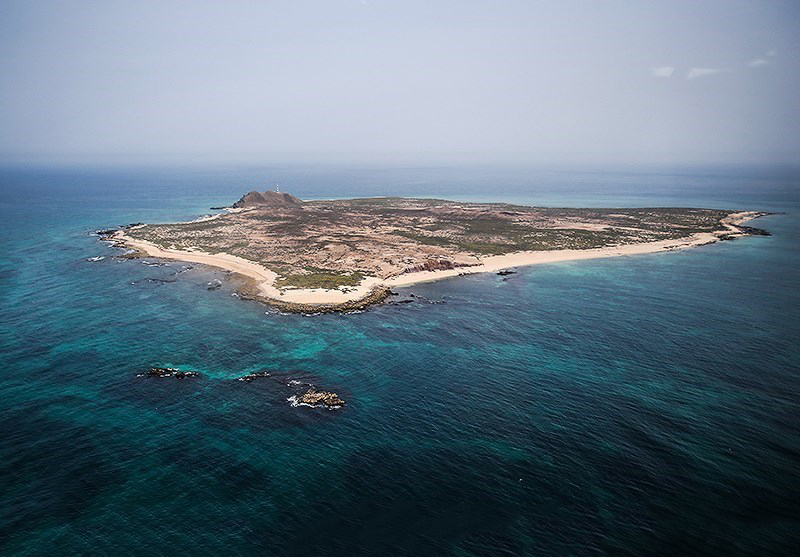The Doroudzan Dam (formerly known as Darius Dam) is located in Fars Province, fifty kilometers northwest of Marvdasht, and is built on the Kor River. Construction of this dam was completed in 1351 AH (Solar Hijri calendar), and it supports the drinking water supply of Shiraz and Marvdasht cities, as well as the agricultural water supply of the Marvdasht region and Karbal plain.
About 2,400 years ago, the need for water for irrigation in this area led the Achaemenids to build a dam near the village of Doroodzan. The broad vision of Darius the Achaemenid and the use of Iranian engineering and determination resulted in the construction of one of the most remarkable water structures in this location. This dam, which was considered one of the engineering masterpieces of the world at the time of its construction, was built in the best location on the course of the Kor River and was known as the “Great Darius Dam.”
This characteristic alone was sufficient for a newer dam to be designed and built in the same location in later centuries, and eventually, during the Pahlavi era, the best location for constructing a large dam was identified in this strategic point due to the need for a large dam. This led to the transfer of the remains of the Darius Dam from this location to a site 3 kilometers away.
The new dam was built in 1351 AH to provide drinking water for the city of Shiraz and to supply water for agriculture in the Marvdasht region and Karbal plain. Interestingly, the new dam also holds the title of the oldest earthen dam built in the Middle East. Initially, this dam was known by the same name, “Darius,” but after the Islamic Revolution, its name was changed to “Doroudzan,” which is the name of a village nearby.
Introduction
Doroudzan dam which is located in south of Iran is an earth dam with the reservoir capacity of 993 MCM. It supplies the demand water for Shiraz city with 2000000 population and irrigation of 1100 km2 down stream agricultural land as well. Due to the importance of this dam in regional development increasing the period of operation of it, is on priority. The large amount of sediment load entering the reservoir is the greatest factor threatens the useful life of this dam. Dead storage of dam is estimated about 133 MCM for 50 years. Decreasing the amount of sediment load, watershed management operations such as creating mechanical structures like check dams, terraces, and biomechanical operation like vegetation and training to residents has been applied to upstream lands since 1980. In this article the watershed management operations are investigated and to evaluating the results of these operations, the amount of sediment load entering the reservoir before and after the watershed management operations, has been considered by the data of Chamriz hydrometric station that is located in the upstream of the reservoir, and the results of hydrographic surveying that has been done in 1995 and 2003 in reservoir.
To obtain information about tours in Shiraz, please visit the Tours.
Also, to see more attractions in this province, visit : Fars, Shiraz.
I hope you enjoyed this post as well, and please be sure to leave your own comment for me.










